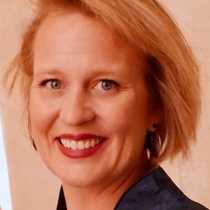Santa Rosalia and San Marcos
We tucked into the protective harbor of Santa Rosalia just as the brilliant coral colors of first sunlight arrived. Turkey vultures sunned themselves in date palms as we made our way to the town square which served as the center for our activities. From the woman who rang the bells at the church, to the dog and cat that milled around outside the bakery, photographic opportunities were around every corner. Some guests got a behind-the-scenes tour of the El Boleo Bakery as sweet breads arrived fresh out of the ovens. Others photographed at the cemetery high up on a hill overlooking the town and the water. When we returned to the ship, National Geographic Photographer Susan Seubert gave a workshop on digital workflow, explaining how to process the photos guests have taken quickly.
We arrived at a beautiful bay at the south end of San Marcos in the afternoon. Kayakers took to the water, while dolphins swam between the ship and the shore. Some of the hikers walking towards town were greeted by a gracious host from the local gypsum mine, Carlos Garces del Cio. He escorted them to the office to view a brief film and explained much about the mine, which was started in 1923. The gypsum here is 92% pure and all of it is exported. Some of it is exported to Central and South America for use in cement, while that used to create wallboard is exported to the United States, Canada and Japan.
The town of San Marcos itself is home to around 400 people. The local church is made of gypsum and was constructed some 53 years ago. While there is a local primary school, older students have to go to Santa Rosalia or elsewhere for high school. Back at the landing site the crew had put together a fantastic beach BBQ. As the soft colors of sunset faded to dark, we were serenaded by Naturalist Alberto Montaudon Ferrer around the campfire. Venus and Jupiter were bright in the sky as we returned to the ship after a full day.




